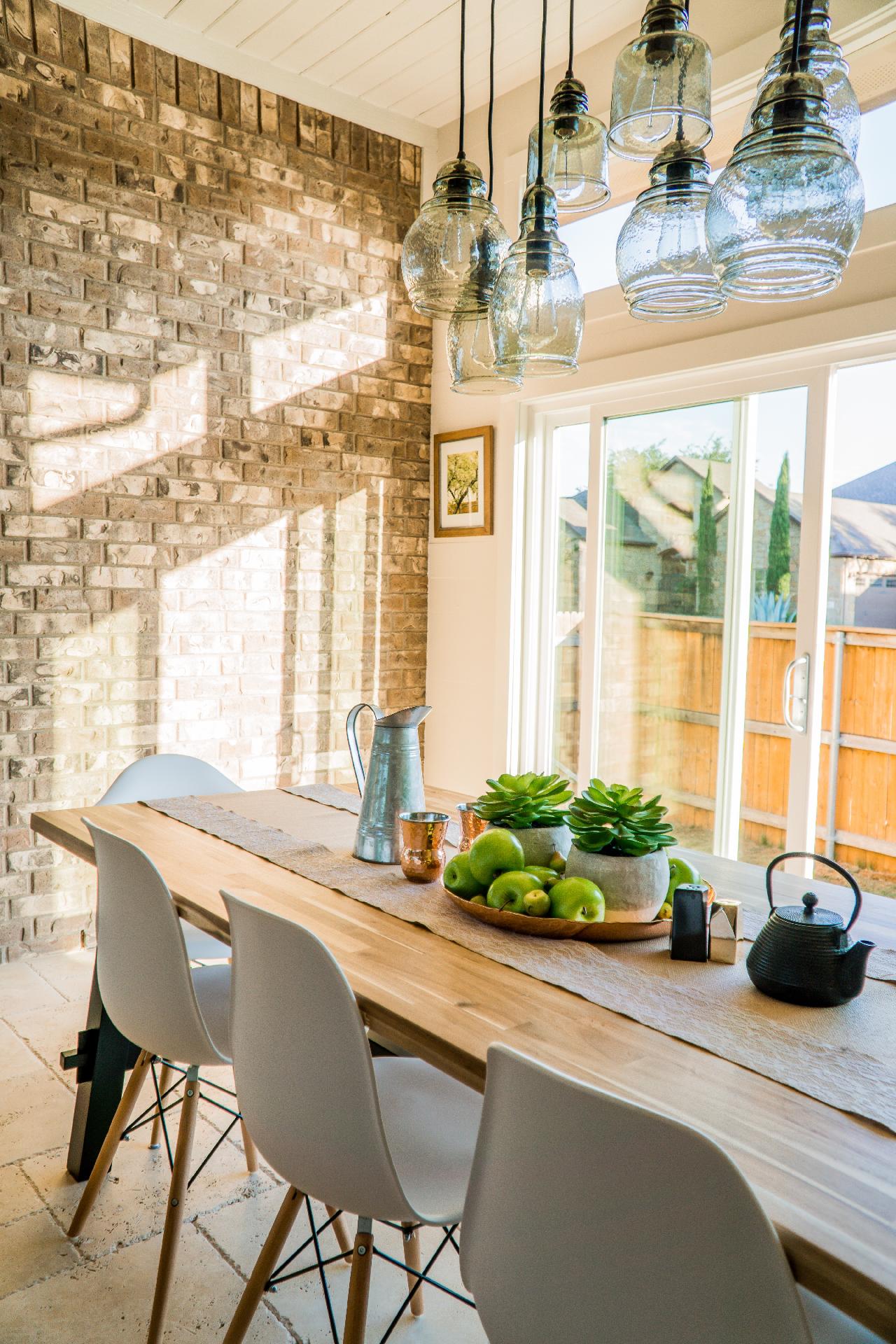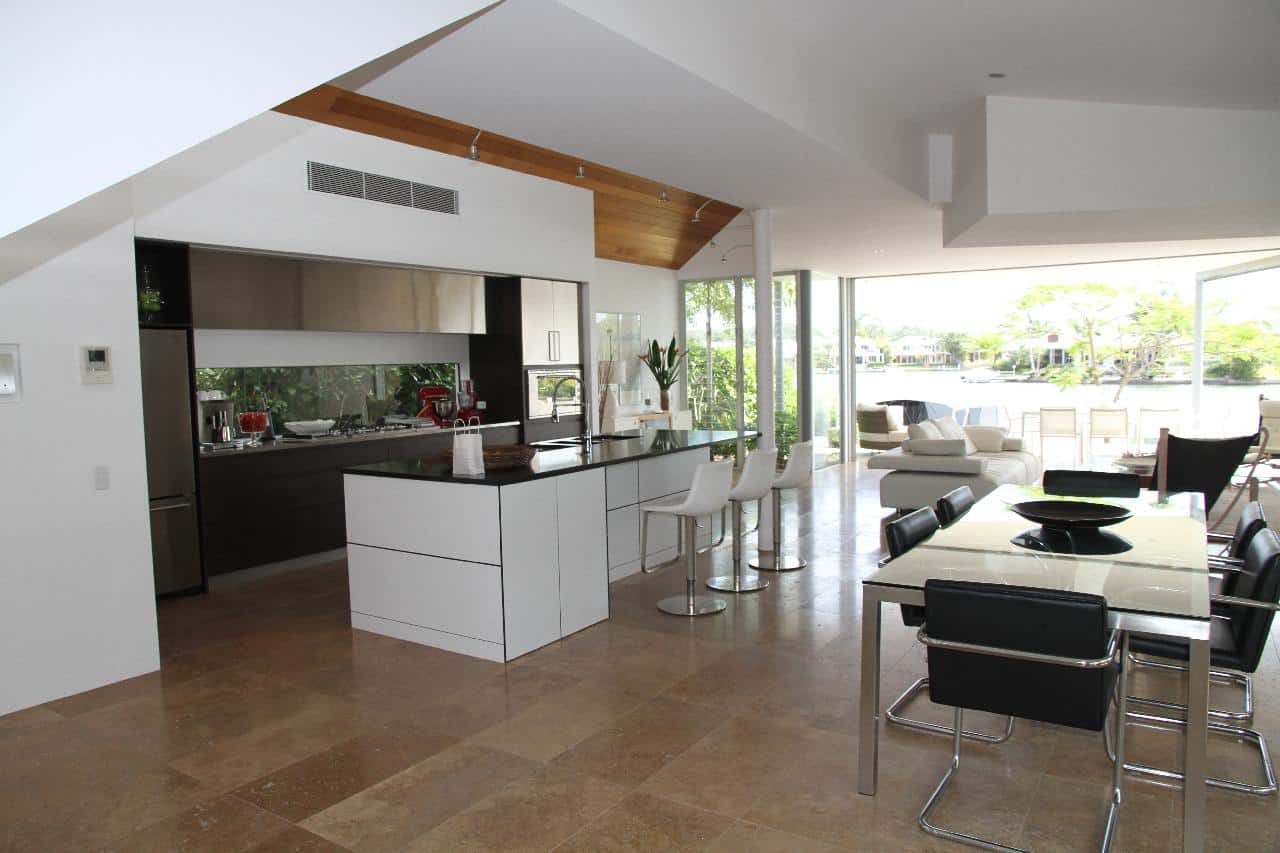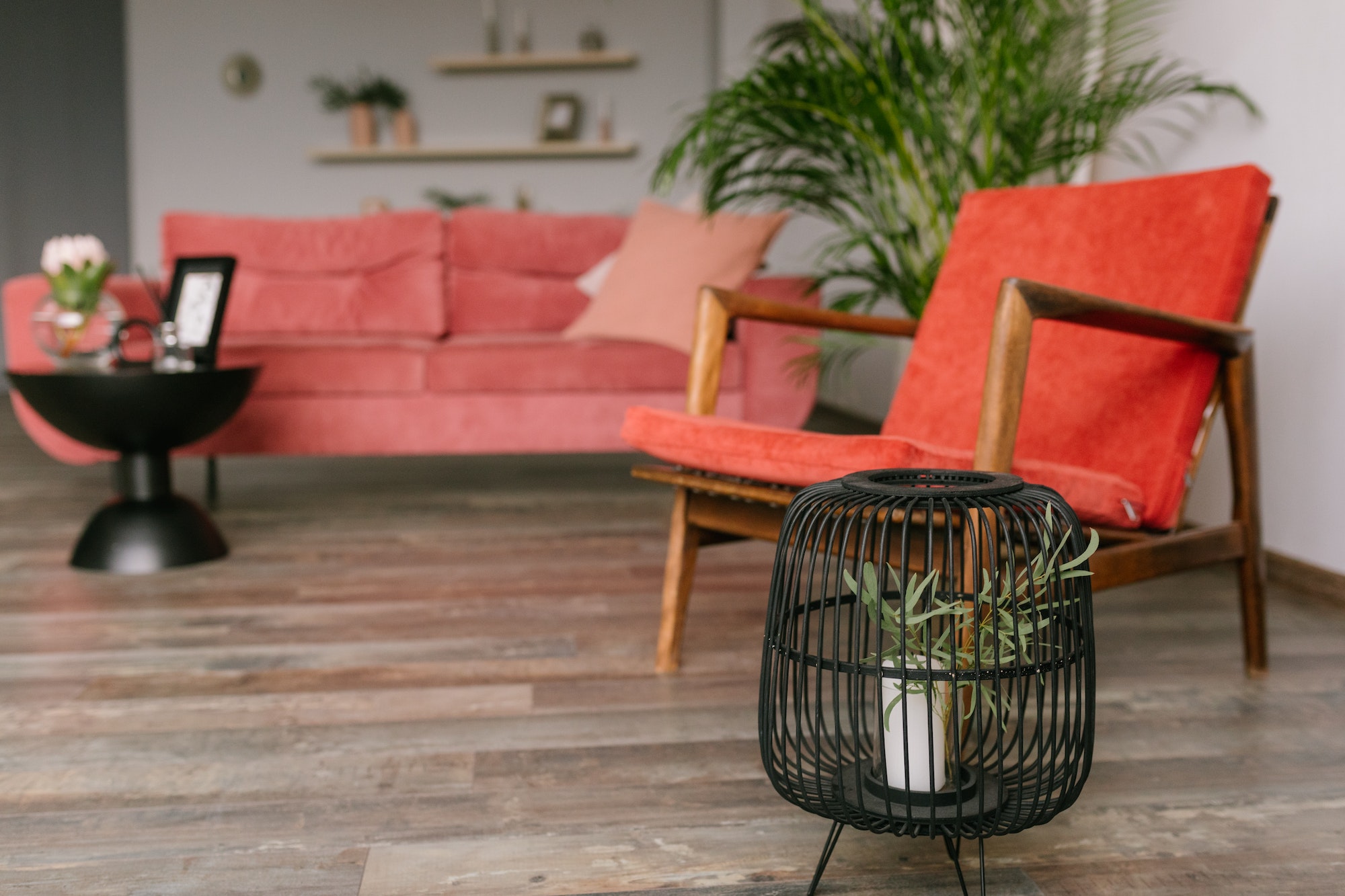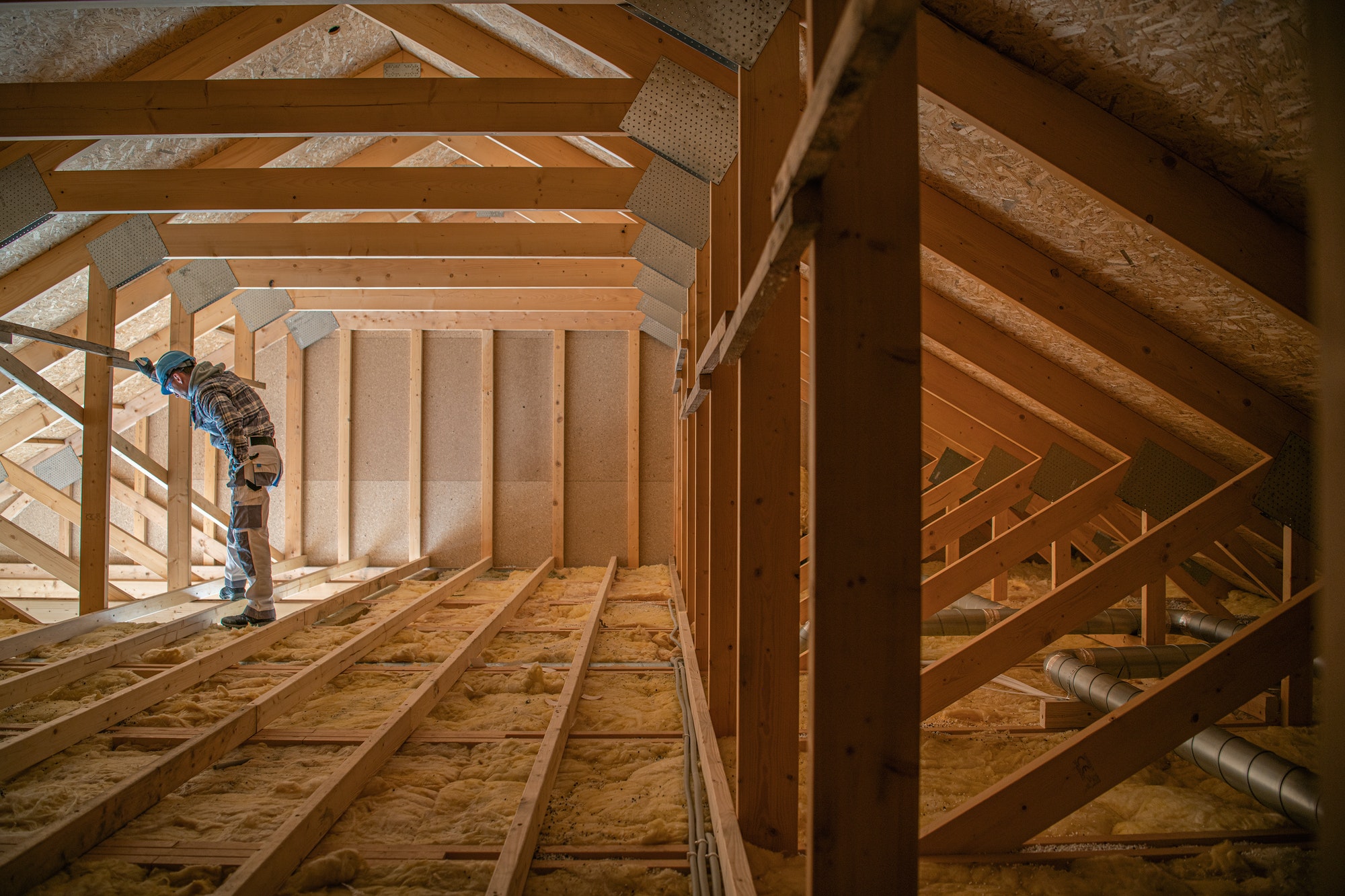The American home renovation market is booming. Bloomberg charts a $400 billion surge in home improvement purchases, from interior design to materials, over the past year, but there’s another story under the surface that creates that figure. While the renovation is on the menu, there’s also a distinct lack of building materials in the supply chain. This is driving a new trend in renovation – specifically, smart renovation. Looking to futuristic design and build trends gives the opportunity to move away from older style materials, speeding up renovations and saving money.
Financial considerations
Money is a big factor in renovation. Insider magazine reports that 44% of home renovation jobs are delayed or subject to price inflation due to supply chain issues, and, with house prices rising, the 5-10% of home value budget typically allocated to large renovation jobs is becoming more difficult to reach. Eco-friendly renovations, conversely, are cost-effective. Many use recycled materials, like upcycled wood or concrete, which are cheap to produce. Furthermore, the inclusion of futuristic devices like solar tiles offers a way to recoup costs down the line.
Using biomaterials
Taking that to the next level is the use of biomaterials. Dezeen highlights the work of Biobased Creations, a Netherlands-based innovator of plant-based building materials. The technology needed to produce these materials is advanced, but the inputs are not. This enables developers to entirely remove aspects of the supply chain, creating a much faster service of delivery.
Smart first, eco first
Building a home – or renovating it – from a smart-first perspective also enables a homeowner to put in a huge range of cost-saving measures. New materials used for wall and loft insulation; all-electric systems that can run without any need for private or network gas; connective walls that help with the transmission of wireless signals, even around corners and through multiple rooms. Putting these features into the home reduces long-term costs and, with state and federal subsidies, is often more cost effective than other methods of renovating or remodeling the home.
They make the home more futuristic, too. The devices that a smart future relies on, from smart walls and assistants in every corner of the home, require proper infrastructure behind them inside the home. Constructing that and having it ready, and in place, puts a home at the very forefront of opportunity when it comes to being truly futuristic.
Discover more from Futurist Architecture
Subscribe to get the latest posts sent to your email.




